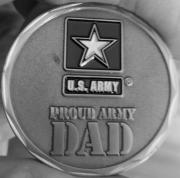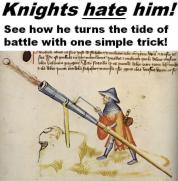I experienced a problem with my pre lock K-Frame. The hammer nose snapped. I figured it would be okay to keep dry firing it on snap caps for a bit (but jeez maybe I was damaging the frame in retrospect) and after about 100 dry fire cycles, the gun started locking up, trigger wouldnt work. I assumed it was the snapped hammer nose that got lodged somewhere inside.
I got the replacement hammer/nose today and installed it, same problem. With the hammer forward, the trigger wouldnt cock the hammer, it would get jammed up. I took it apart and reassembled and it seems to be working now. So I am not asking because I have to fix it, it seems to be fixed. I am asking out of curiousity so I can learn better how revolvers work and what caused this and what solutions for the future.
Also, I am worried its not that I reassembled the new hammer wrong, because as I said this problem started happening as soon as I snapped the hammer nose, before I ever took the gun apart, before I removed the original hammer. So maybe I didnt really "fix" it permanently, maybe I am just on borrowed time.
I snapped several pics.
First picture is where the actual binding is occuring. Excuse me because I dont know all of the names of the parts yet but I plan to learn! The trigger piece is supposed to interface like a gear inside the hammer, but instead its binding up here, as I am initially trying to press the trigger on a forward hammer:
Second picture is if I cock the hammer simultaneously as I press the trigger. It all seems to work fine when I do this. Whatever binding is occuring is removed if I "help" the trigger by manually cocking the hammer as I go and you can see the trigger nub properly connects into the hammer gear nubs:
These last two pictures are just of the gun cocked and uncocked, because maybe you can see something is assembled incorrectly:
So like I said, I took everything apart, including the hand (which fell out and I struggled to get the spring back in place lol), and reassembled carefully, and it seems to be working fine albeit a bit gritty on the trigger now, but I dont remember how it was before. I did install a whole new hammer so I wonder if the interface between the trigger and the hammer has to "Wear in" to smooth out over time.
I am asking as a learning experience, not a "help me save money I cant afford a gunsmith" question. I genuinely want to learn more about revolvers, this was my first time seriously taking one apart and it was a very fun 2 hour experience! I am blessed that I have two, and my second one is working fine so I took that side plate off and was able to compare and contrast.







 Reply With Quote
Reply With Quote
 The side plate helps hold the hammer stud.
The side plate helps hold the hammer stud.



